- Sponsored -
11 Interesting & Unknown Facts About APJ Abdul Kalam
Here are some interesting and lesser-known facts about the Missile Man of India
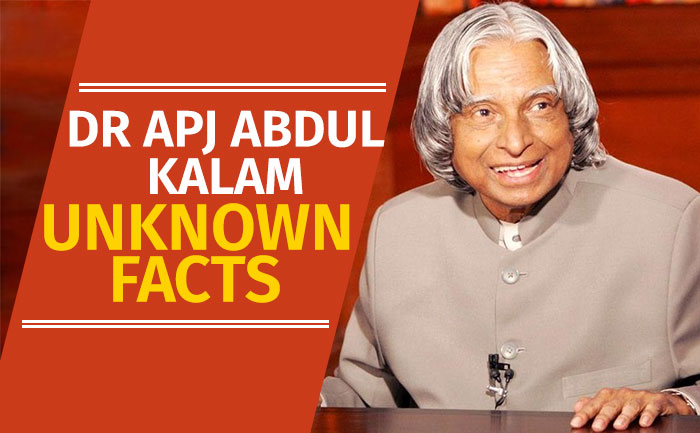
Dr APJ Abdul Kalam was an aerospace scientist. He also served as the 11th President of India from 2002 to 2007. He was born on 15 October 1931 in Rameshwaram, Tamil Nadu and studied physics and aerospace engineering.
- Sponsored -
Dr APJ Abdul Kalam spent over 40 years as a scientist and science administrator, mostly at the Defence Research and Development Organisation (DRDO) and Indian Space Research Organisation (ISRO) and was intimately involved in India’s civilian space programme and military missile development efforts.
Abdul Kalal was regarded as the Missile Man of India for his outstanding work on the development of ballistic missile and launch vehicle technology. There are plenty of things about Dr APJ Abdul Kalam that people do not know. That’s the reason why we have decided to share some unknown facts about the Missile Man of India.
Here are 11 Interesting Facts About Former President Dr APJ Abdul Kalam:
- Kalam was born on 15th October 1931 in Rameswaram, Tamil Nadu. He graduated in science from St. Joseph’s College, Trichy in 1954 and specialised in Aeronautical Engineering from Madras Institute of Technology (MIT) in 1957.
- Kalam presided over the development of India’s first satellite launch vehicle, SLV III, which was used for launching the Rohini satellite into the Earth’s orbit. This feat marked India’s entry into the Space club.
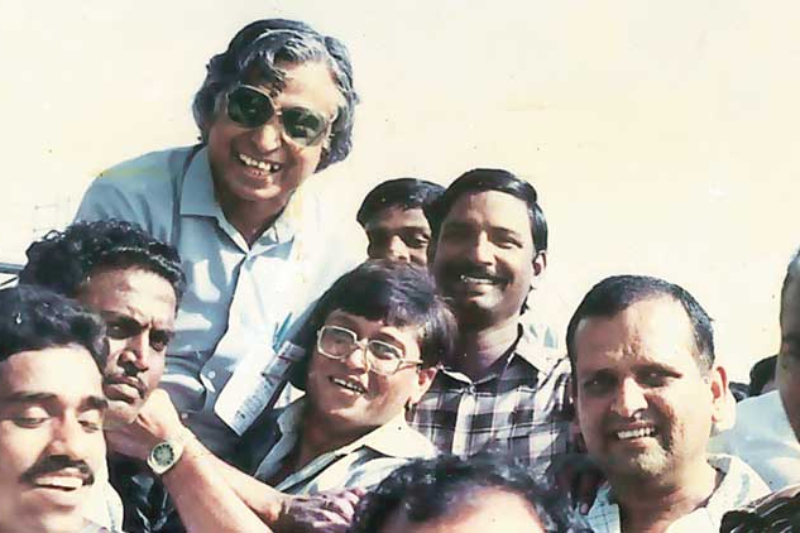
- After working for two decades in ISRO, Kalam took up the responsibility of developing indigenous guided missiles at the Defence Research and Development Organisation (DRDO).
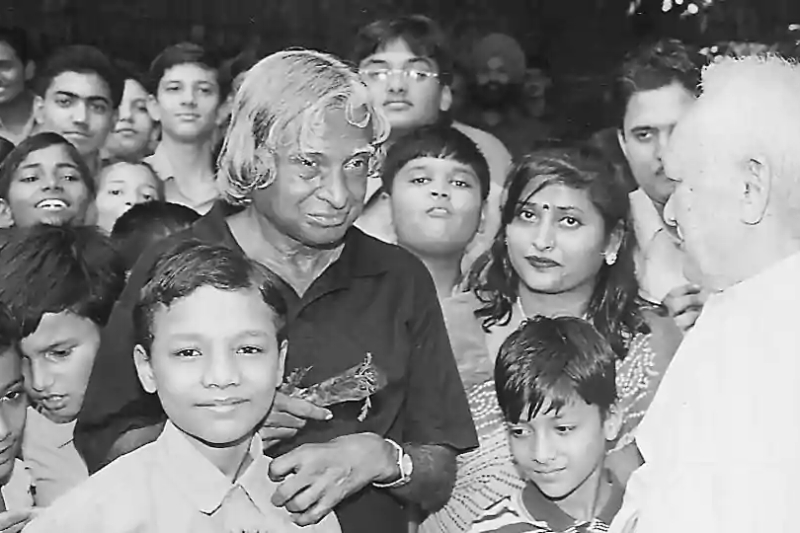
- He was responsible for the development and operationalisation of Agni and Prithvi missiles, which made him popular as the ‘Missile Man of India.
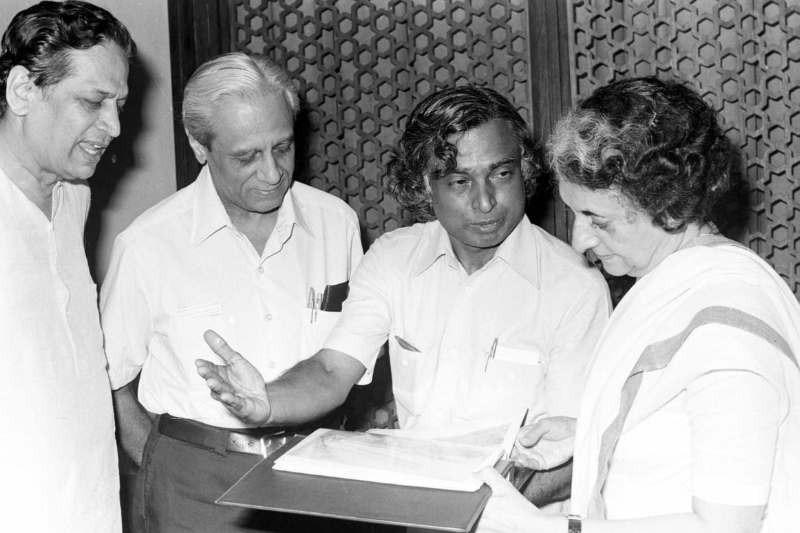
- Abdul Kalam engineered the Pokhran-II nuclear tests which catapulted India into the club of Nuclear Powers, which were till then only exclusive to five countries- USA, China, UK, France and Russia. In the 2018 movie ‘Parmanu: The Story of Pokhran’, John Abraham was inspired by Kalam.
- He received honorary doctorates from 48 universities and institutions from India and abroad.
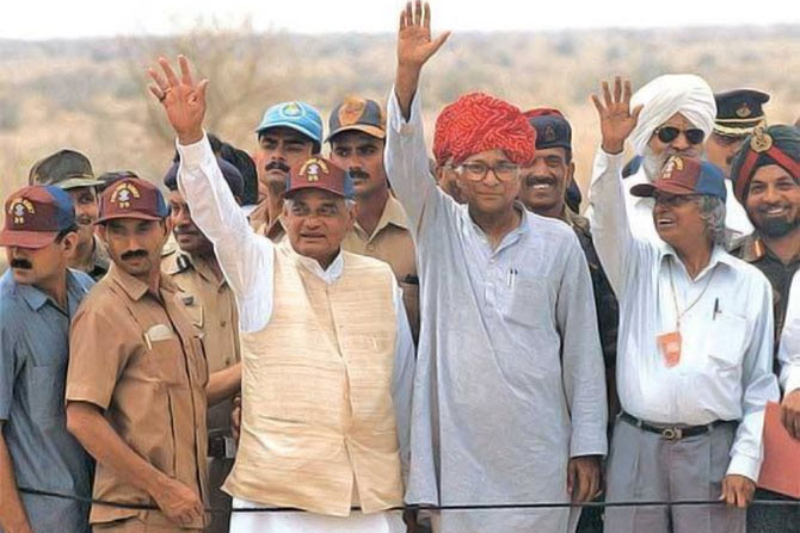
- Abdul Kalam was awarded the coveted civilian awards – Padma Bhushan (1981), Padma Vibhushan (1990) and the highest civilian award of India- Bharat Ratna (1997).
- Apart from physics and defence, Kalam also left his fingerprints on efforts to improve healthcare in rural India. Together with cardiologist Soma Raju, he developed a low-cost stent which was thereafter christened the Kalam-Raju stent.
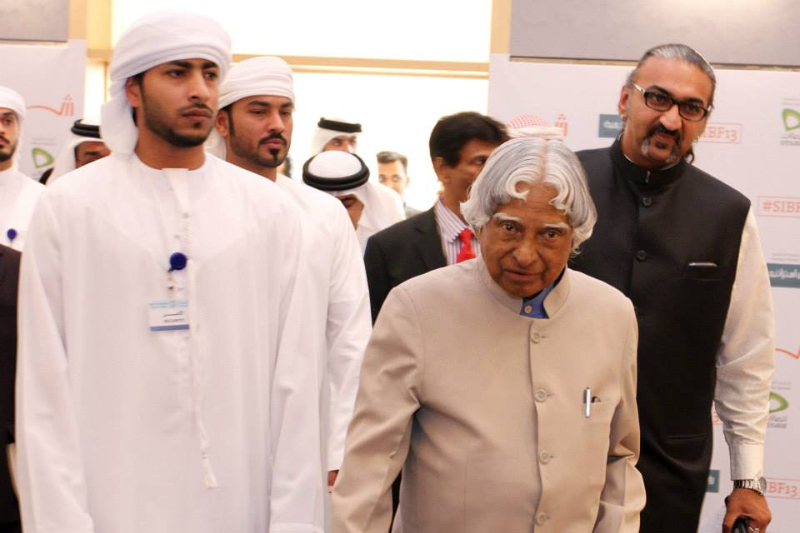
- For seven years (1992-1999) Kalam remained the Chief Scientific Adviser to the PM and Secretary of the DRDO.
- In 2002, he defeated Lakshmi Sahgal to become the 11th President of India. He has been immortalised in the country’s history as the ‘People’s President’.
- On 27 July 2015, Dr Kalam passed away due to sudden cardiac arrest in Shillong.
- Sponsored -
